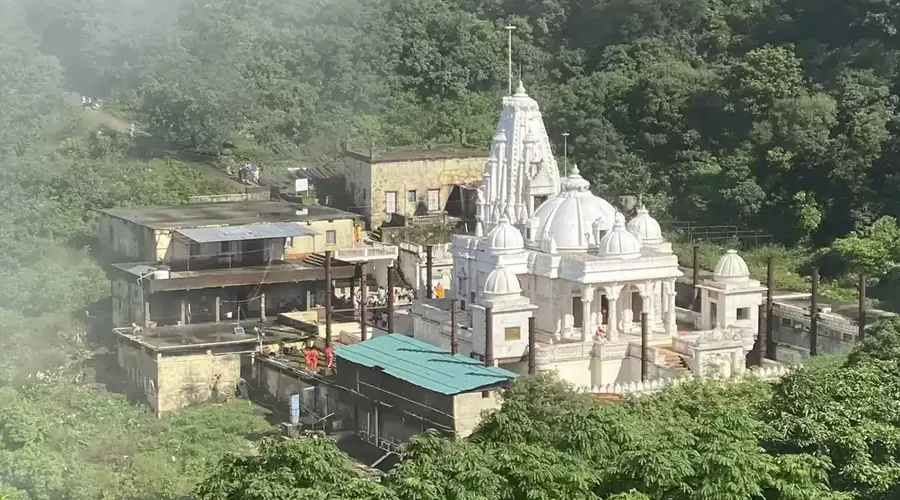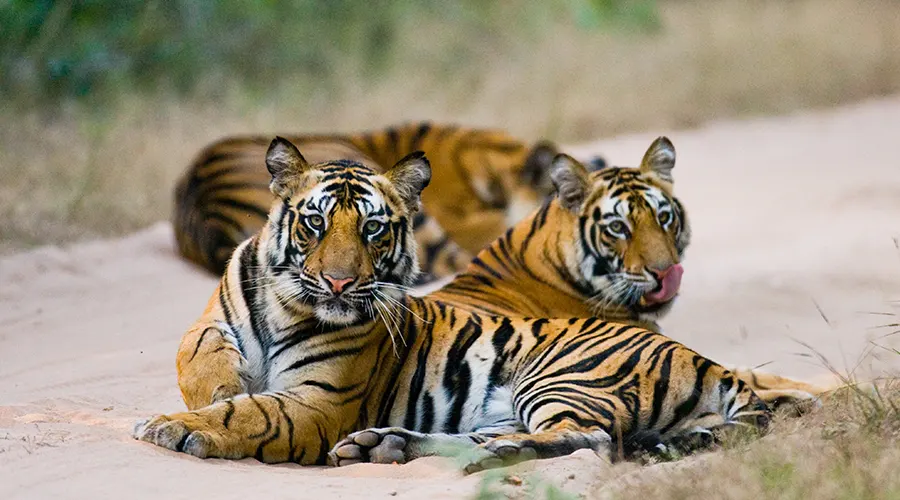Hazaribagh Wildlife Sanctuary
Located in the state of Jharkhand, the Hazaribagh National Park is one of the oldest wildlife sanctuaries in India. It was established in 1954 to conserve wildlife and provide a home for rare and endangered species of flora and fauna. The landscape is full of steep hills, spectacular countryside, thick tropical forests, and lovely meadows.
The Hazaribagh National Park is located at a distance of 19 km from Hazaribagh and 135 km away from Ranchi. The best part about visiting this national park and wildlife sanctuary is that all its interiors are very well-connected by internal roads of 111 km that are constructed in such a way that animals do not get obstructed as they go about their daily business.
The National Park is a beautiful spot. Many dams have been built and more are in the process of construction. The purpose is to create pools of water where the animals may drink in summer. Towers generally have been constructed above these pools so that in summer visitors may sit on these towers and easily see the animals that will come to drink water.
Artificial salt licks have also been made for the animals. Roads have been constructed and are being extended. In addition to this National Park, the Koderma Reserved Forests have also been functioning as a game sanctuary where shooting is prohibited.
Hop in for the jeep safaris, climb to the watchtowers, and enjoy the magnificent wildlife and natural aesthetics of the place. The beautiful amalgamation of nature and wildlife will make exploring Hazaribagh National Park a once-in-a-lifetime experience. Although the number of tigers in the sanctuary is relatively low, you can spot several other animals such as Cheetal, Nilgai, Sambar, and Wild Boar.
Wildlife at Hazaribagh National Park
The picturesque park is an abode to a variety of rare and endangered flora and fauna. Animals like Sambar, Nilgai, Bison, Spotted deer, Cheetah, Wild boar, and Kakkar can be easily seen at dawn and dusk, enjoying the water holes. If you are lucky, you might even see a sloth or a panther.
At one time, Hazaribagh Wildlife Sanctuary was famous for its enormous population of tigers, but now one would be lucky to catch a glimpse of a tiger roaming around in the forest. Their population is fast dwindling and has been a matter of concern ever since. According to the 1991 census, there were only 14 tigers in the park.
The natural vegetation in Hazaribagh National Park consists primarily of grass meadows and thick tropical forests. The whole area is covered with Sal and other miscellaneous trees during the spring season. Plenty of water resources in small form rivers and artificial lakes also adorn the sanctuary.
There are many watchtowers constructed here to facilitate wildlife watching. They are built near the water holes, which provide a breathtaking top view. Apart from that, you can also take a jeep safari to explore the wildlife sanctuary. A tribal mob resides at the sanctuary and their place of living is another way to have a look at the wildlife.
Safari at Hazaribagh National Park
You can experience the beautiful landscape of the sanctuary by taking a jeep safari on the well-maintained, 111km long metalled road. The safari gives insight into most of the places in the park, especially where wildlife can be sighted.


























